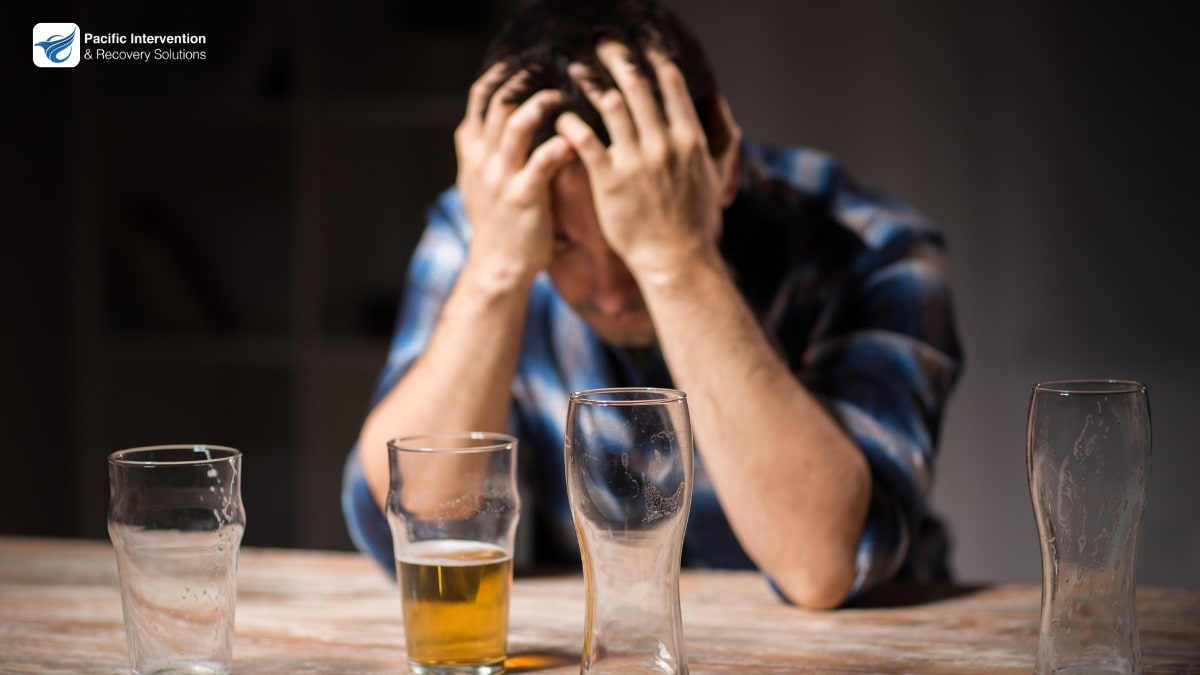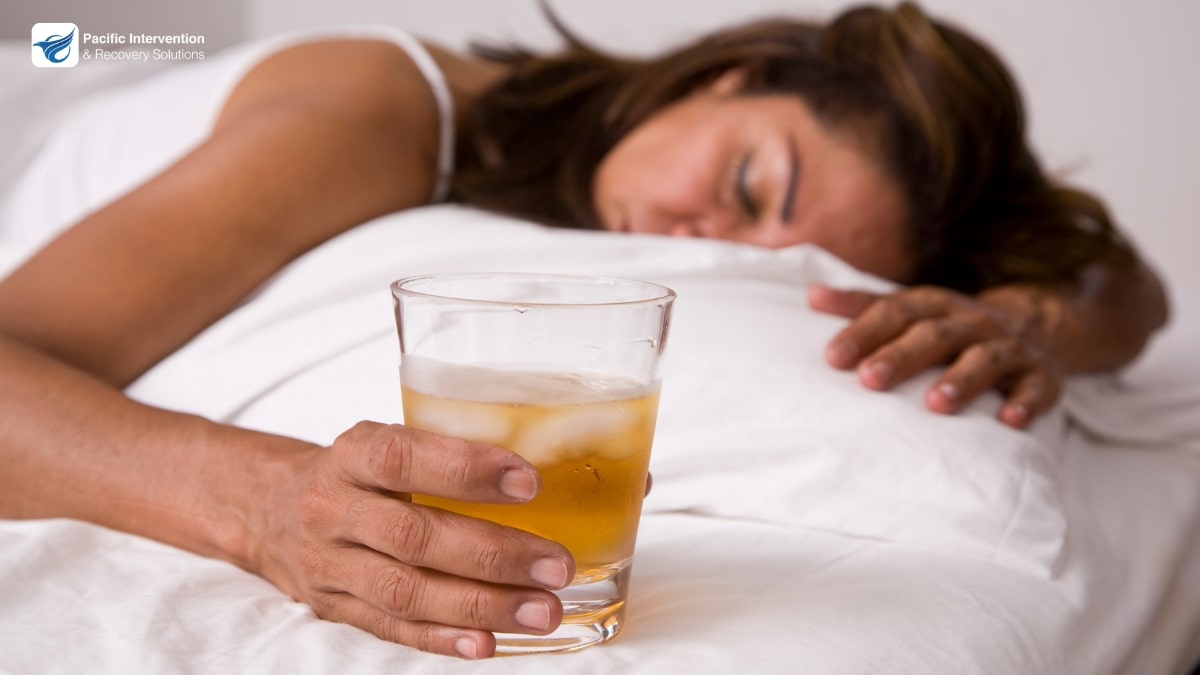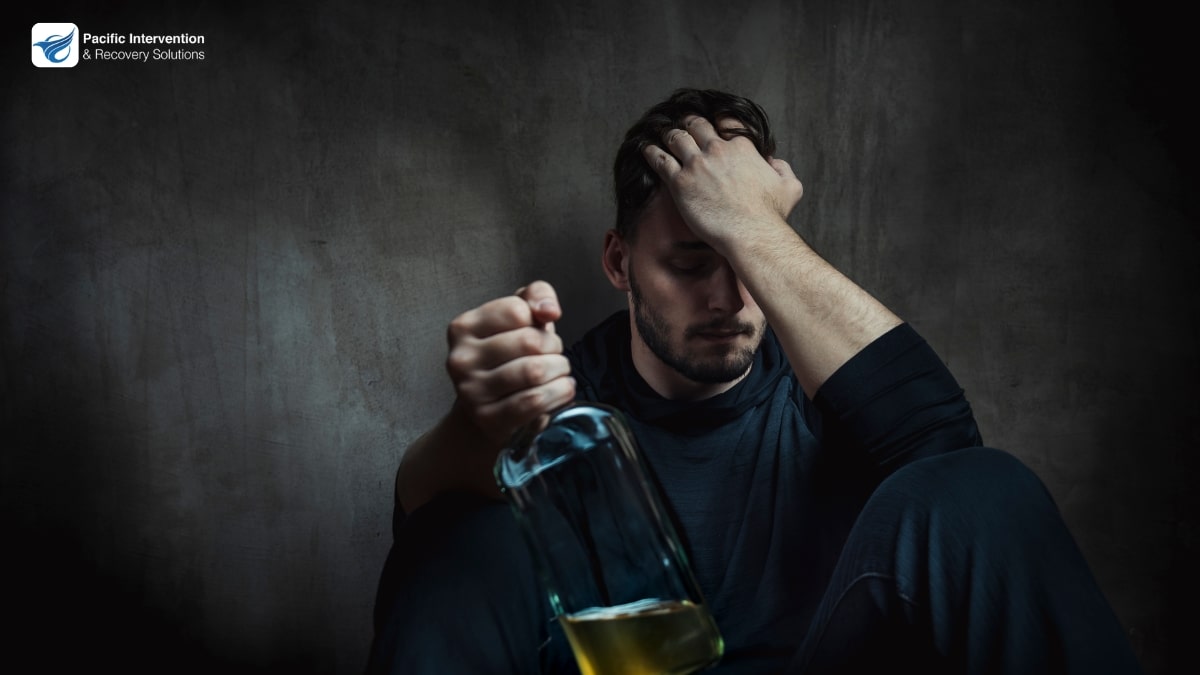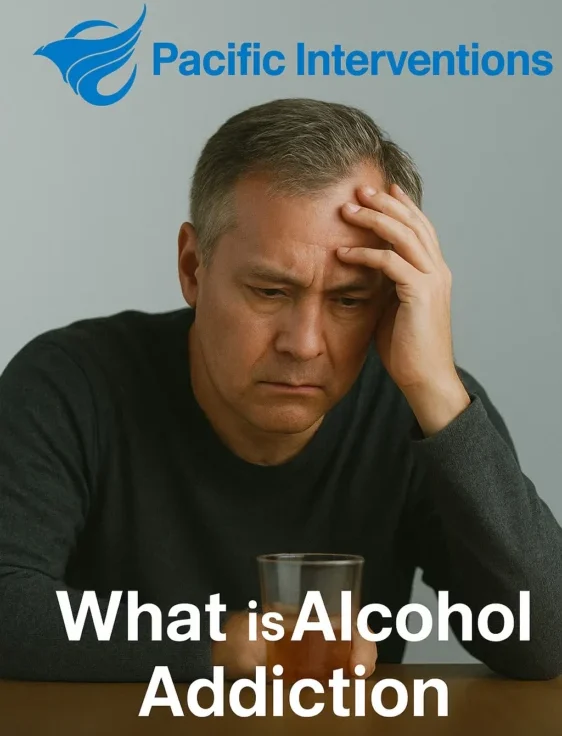What is Alcohol Addiction
Alcohol addiction has become a severe health problem in recent years. Numbers show a dreading picture, with one in 5 Canadians meeting the criteria for alcohol abuse. But what is alcohol addiction, and what’s the separating line between casual drinking and alcoholism?
Today, we will try to answer these questions. We will offer insights on symptoms, causes, and different treatment methods. So, if you or your loved ones are struggling with this problem, or simply wish to learn more about alcohol misuse, keep reading.
Alcohol Addiction, an Overview
According to the National Institute on Alcohol Abuse and Alcoholism, Alcohol use disorder (AUD) is a brain disorder marked by excessive drinking, in which the user is unable to stop or control alcohol consumption.
Studies show that AUD can leave lasting effects on the brain, making recovery increasingly challenging over time.

How Does Alcohol Affect the Users?
Alcohol affects the body in multiple ways, mainly by interfering with the central nervous system. As a strong depressant, alcohol slows down brain activity, making it difficult for users to think clearly and move normally.
But that’s not all. Research shows that alcohol affects other organs as well, including heart and liver. Alcohol overconsumption can cause serious heart issues over time, leading to serious health problems such as cardiomyopathy, arrhythmias, stroke, high blood pressure, and heart failure.
Physical vs. Psychological Dependence
Generally, alcohol addiction can be categorized into physical and psychological dependence. In physical dependence, individuals experience intense symptoms which can include sweating, anxiety, panic attacks, and in severe cases possible seizures and hallucinations.
Psychological dependence, on the other hand, refers to the mental obsession to keep drinking. This is usually seen in cases where individuals use alcohol as a coping mechanism for other issues.

Alcohol Addiction vs. Alcohol Abuse
A term that is mistakenly used interchangeably to talk about alcohol addiction is alcohol abuse. However, it’s essential to note that these are not the same.
Alcohol abuse refers to the overconsumption of alcohol that can lead to negative health and mental consequences for the user and their loved ones. With that said, those struggling with alcohol abuse still maintain some control over their intake, while individuals with alcohol addiction are unable to stop drinking despite the harmful effects.
Signs and Symptoms of Alcohol Addiction
Now that we’ve covered the basics, it is time to discuss the signs and symptoms of alcohol addiction:
- Inability to stop and control your drinking
- A powerful need to use alcohol regularly
- Alcohol consumption, regardless of the environment
- Spending less time on hobbies and normal life activities to consume alcohol
- Increasing alcohol consumption due to increased tolerance level
- Experiencing symptoms like pain, nausea after a period of reducing alcohol consumption
Note that these are just some of the signs of alcohol addiction and may not be seen in all cases. For more information and expert diagnosis, contact our specified team.

Underlying Causes of Alcohol Addiction
When trying to uncover the causes of alcohol addiction, there are different factors to consider:
Internal Factors
Internal factors play a significant role in developing alcohol addiction. Genetics, family history, brain chemistry, and mental health problems are among the main causes that lead to alcoholism.
Studies have shown that those with a history of depression, post-traumatic stress disorder (PTSD), and attention-deficit/hyperactivity disorder (ADHD) are dangerous cases of alcohol addiction.
External Factors
External factors also play an important role in developing alcohol abuse and addiction. Peer pressure, easy access to alcohol, lack of education, and environmental stressors can all cause a reliance on alcohol as an answer.

Treatment Options for AUD
So, is there any hope? Of course. Today, there are several evidence-based treatments to help those with AUD. Healthcare providers asses the person’s case, and depending on the conditions, roots, and patient’s needs, recommend in-patient or out-patient programs to help the recovery process.
Detox and Withdrawal
Treatment programs often begin with a period of detoxification, in which the patient is forbidden to use any alcohol for 2 to 7 days. Due to withdrawal symptoms and intense physical discomfort, detox should be done under the provision of a medical professional.
Medications
Using medication is a popular approach to reduce physical and mental discomfort associated with alcohol withdrawal. As of today, there are three medications available that have received U.S. Food and Drug Administration approval: Naltrexone (oral and long-acting injectable), acamprosate, and disulfiram. Your doctor may prescribe one or two of these, combined with therapy sessions, to optimize the recovery process.
Therapy
Therapy is one of the most effective methods to help individuals with AUD. During therapy sessions, patients are encouraged to speak freely about the reasons that have led to alcohol addiction and find the roots of their problems.
Sometimes, depending on the case and the patient’s needs, the therapist suggests group sessions, family or couple counseling. Therapy sessions also help patients find healthy coping mechanisms instead of cycling back to drinking.
Support
Recovering from alcohol addiction is a long and challenging battle that requires patience and dedication. In this battle, having a strong support system is invaluable. Support groups, family, and friends can offer great assistance during and after recovery. An open communication with loved ones can help create meaningful connections and promote healing.
Find Healthy Habits
Finding healthy habits can improve your recovery process and distract you from cravings. Exercise, even moderate versions, helps your body recover and detox faster. Medication is another great method that allows you to focus and gain clarity.
Final Words
AUD, commonly known as alcohol addiction is a serious problem that affects millions of people worldwide. In this condition, the patient experiences intense cravings for alcohol, which can disrupt the person’s normal life.
Different reasons can lead to alcohol addiction from internal factors such as genetics and brain chemistry to external ones such as work, relationships, religion, etc.
The good news is treatment is possible and around the corner. At Pacific Interventions, we have a team of professionals ready to assist you through your journey to a better future. We offer inpatient, outpatient, counseling, intervention, and after-care programs, ensuring you find the right answer to your needs. For more information and details, simply contact us, we`re here to answer all your questions.





